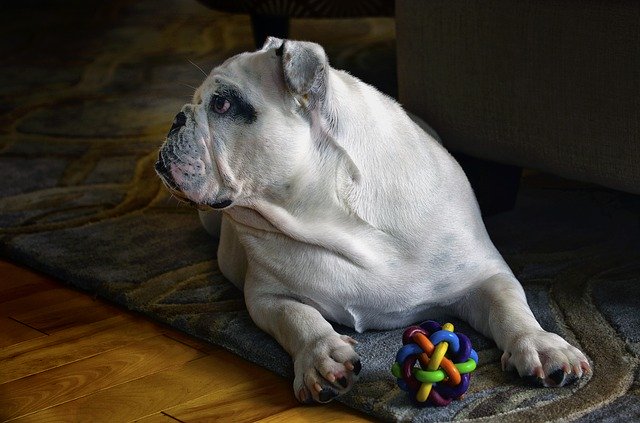Shock collars (including Garmin collars) are a popular dog training tool in the United States. In many training facilities, owners are required to purchase a shock collar as part of the training package. Unfortunately, these trainers are relying on painful and outdated training techniques that use pain as a training tool, and can ultimately damage a dog beyond repair.
Shock collars are sometimes called “remote collars” or “electronic collars.” These names are deceptive, as they mask the true functionality of the collar. The collar contains an electronic transmitter that rests next to the dog’s neck. The owner carries a remote control device, which is used to trigger the electronic signal and to manage the level of the shock administered. Some shock collars have a lowest setting which only vibrates. But, to be effective, all shock collars must have the capability of sending a signal strong enough to cause enough pain to interrupt the dog’s behavior and divert his attention.
The most recent and progressive research on dog behavior condemns the use of shock collars as a training method. In 2007, the American Veterinary Society of Animal Behavior (AVSAB) issued a position statement on the use of punishment as a training method. The AVSAB documented the risks involved with using a punishment based training method, such as a shock collar. In order for punishment to be effective, it must be painful or cause fear. Otherwise, the dog will ignore the punishment or simply learn to tolerate it. According to the AVSAB, “Even when punishment seems mild, in order to be effective it often must elicit a strong fear response, and this fear response can generalize to things that sound or look similar to the punishment.” In other words, the punishment – the shock, in this case – must cause the dog to be fearful of not only the collar, but the situations in which the collar is used. So, a dog may soon learn to be not only be afraid of the shock, but of other dogs, people or objects that are in the environment when the shock is used.
Shock collars can sometimes cause aggressive behavior to develop. Some dogs respond to pain by becoming submissive. Yet, other dogs may respond to the pain by acting aggressively. As the AVSAB points out, dogs that learn to mask their anxiety out of fear of a shock may “act with heightened aggression and with fewer warning signs. In other words, it may now attack more aggressively or with no warning, making it much more dangerous.” In these situations, the use of the shock collar has exactly the opposite of the intended effect. A once non-aggressive dog may begin to display aggressive behaviors, often without warning.
Several national and international organizations have condemned the use of shock collars as a training tool. One outspoken critic, Dr. Karen Overall, a Diplomate of the American College of Veterinary Behavior (ACVB) , certified Applied Animal Behaviorist and professor at the University Pennsylvania School of Medicine, states” Let me make my opinion perfectly clear: Shock is not training – in the vast majority of cases it meets the criteria for abuse.” The Humane Society of the United States, the Humane Society of Canada, the World’s Society for the Protection of Animals, Animal Defenders International, PETA, BestFriends General Dog Toy Store and Best Friends Animal Society all publically oppose the use of shock collars as a training device.
Trainers who use shock collars often promise quick and effective behavior changes. In the short-term, this may be true. As the dog is shocked, he quickly becomes afraid to do anything, so it appears that the bad behavior has subsided. In reality, the dog often begins to stop acting like a dog at all, and all behaviors become attempts to avoid the pain. Long-term use of a shock collar almost always lead to either a broken and fearful dog or an aggressive dog, both of which result in often irreparable damage to the bond between a dog and his owner.
